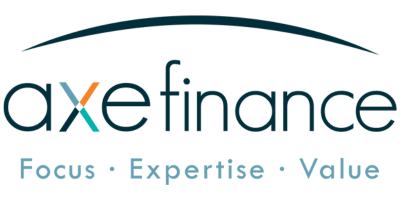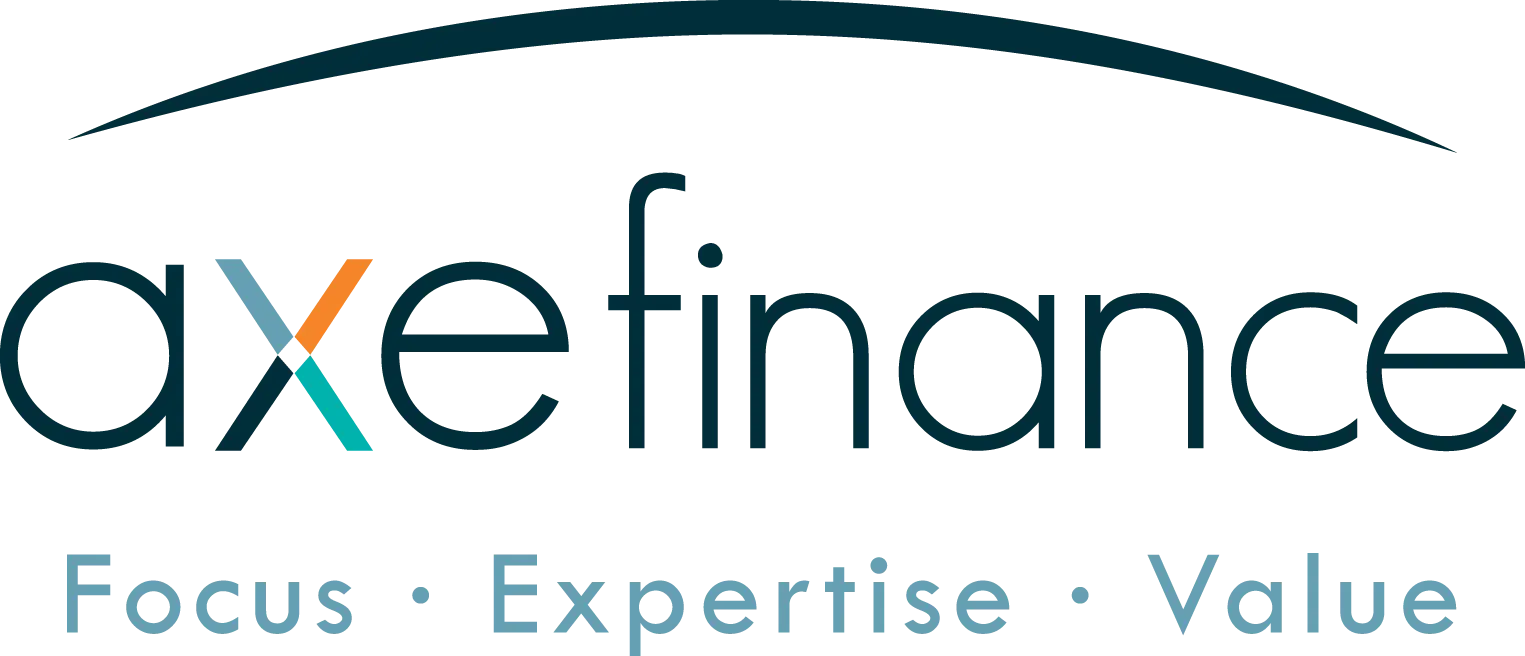As 2025 unfolds, banks in Central and Eastern Europe stand at a crossroads. The past two years have exposed fault lines, sluggish growth, rising non-performing loans, and regulators keeping a far closer watch. Deposits remain volatile, moving quickly to perceived safe havens, and commercial real estate exposure still hangs over many regional balance sheets. Lending, however, is still the heartbeat of commercial banking. Without it, growth stalls; with it, poorly managed, balance sheets unravel. Accenture’s data is a stark reminder: net demand for business loans across Europe dropped 36% in late 2023, showing just how fragile credit flows have become.
This is why 2025 is not just about survival, but about laying the foundations for 2026 and 2027. The banks that will lead the next decade are the ones that learn to lend with precision, combining speed, intelligence, and rigorous credit discipline. The vision ahead is clear: smarter decisioning, automated risk checks, cloud-native agility, and AI that anticipates borrower behaviour before defaults hit.
Axe Finance has built its digital lending platform for exactly this trajectory. It’s more than a tool for today’s volatility, it’s a future-proof system designed for the tighter, more competitive environment already taking shape. By 2026 and beyond, lending won’t just be about disbursing credit; it will be about orchestrating trust, compliance, and customer confidence in one seamless process. Axe Finance positions banks not just to keep pace, but to set the pace in an era where lending defines survival.
The macro landscape shaping credit
Central and Eastern Europe in 2025 still carries the scars of recent turbulence. The post-pandemic recovery that briefly ignited optimism has cooled. Inflation pressures have softened but not vanished, compressing household incomes and stretching SME balance sheets. Credit demand is gradually recovering, yet supply conditions remain cautious.
According to the EIB CESEE Bank Lending Survey (H1 2025), loan demand in the region is rebounding, particularly from SMEs and households. However, banks remain conservative on credit supply, citing asset quality concerns and heightened regulatory oversight. At the same time, the EBRD notes that while the regional average NPL ratio declined to 1.9% at end-2024, early warning signals of stress are visible in retail trade, transport, and CRE.
Balance sheets also remain sensitive to funding risks. Historically “sticky” deposits are becoming mobile. As the Raiffeisen Research CEE Banking Sector Report 2024 shows, profitability in the region is still strong—ROE averaging 15–20% compared to less than 10% in the euro area—but the reliance on wholesale funding and central bank facilities has grown. For mid-tier banks, this makes resilience less predictable and more costly.
The macro scene in 2025 is therefore one of cautious optimism shadowed by fragility. Opportunities exist in green finance, SME growth, and cross-border trade, but banks cannot count on broad market tailwinds. Resilience must be built loan by loan, system by system.
Lending as the heart of commercial banking
Despite ongoing headwinds, lending remains the lifeblood of commercial banking. Every bank’s credibility—to markets, investors, and communities—rests on its ability to channel deposits and capital into productive loans. Yet in 2025, that role carries sharper edges. When credit cycles tighten, the very activity that sustains growth also magnifies systemic vulnerabilities. In an environment where EIB lending surveys point to cautious optimism tempered by persistent fragility, this duality is especially pronounced.
In Central and Eastern Europe, the contrast with Western Europe is striking. SMEs and households continue to rely overwhelmingly on banks for financing, with capital markets still underdeveloped as a viable alternative. According to Raiffeisen Research, SME lending accounts for over 40% of new loan growth in several CEE economies, compared to significantly lower proportions in Western Europe where bond and equity markets absorb more of the financing burden. This dependency amplifies both opportunity and risk: every new loan extended has the potential to strengthen growth or, if misjudged, erode profitability and asset quality.
The shift is already underway. The focus is no longer on raw lending volumes but on the quality, speed, and foresight embedded in each decision. Credit risk management has moved from being a back-office compliance function to becoming a strategic differentiator and a survival mechanism. Banks that fail to adapt risk being overexposed to fragile borrowers, while those that harness analytics and automation gain a decisive edge.
- Early detection of stress signals: Data-driven monitoring systems now track borrower performance in near real-time, leveraging transaction flows, tax filings, and even alternative data sources. As the CEE & Baltics Summit 2025 underlined, predictive analytics is no longer optional but central to credit risk vigilance.
- Dynamic loan pricing: Interest margins are increasingly adjusted in line with sector-specific risks, macroeconomic signals, and borrower behaviour. This shift allows banks to protect profitability while offering flexibility to resilient clients, especially in cyclical industries such as retail trade and transport.
- Proactive restructuring: Instead of waiting for defaults, forward-looking banks engage early with vulnerable clients to restructure terms. This protects long-term value and builds trust at a time when household debt burdens and SME liquidity remain under pressure.
In practice, this means banks are writing a new playbook: one where resilience comes from intelligent lending rather than aggressive expansion. As CEE economies face both growth opportunities and structural vulnerabilities, banks that master these disciplines will define the region’s financial stability in the decade ahead.
The technology revolution in lending
If the last decade was about digitising channels, the next is about digitising the decision itself. Lending is no longer just a process of collecting forms, running checks, and issuing approvals. In 2025, the frontline has shifted: decisions are made in seconds, powered by AI that ingests hundreds of data points from open banking feeds, financial statements, transaction histories, and even alternative data such as e-commerce flows or utility payments. As the EIB CESEE Bank Lending Survey 2025 notes, more banks are actively investing in digital tools that combine traditional credit analysis with new real-time datasets to improve accuracy and speed.
For banks in CEE, this transformation is both a necessity and an opportunity to leapfrog. Many institutions skipped the gradual, legacy-heavy digitalisation seen in Western Europe. Instead, they are adopting cloud-native platforms that allow them to bypass patchwork systems and move directly into smart automation. This shift brings clear benefits: lower operating costs, faster approvals, and credit risk models that dynamically adjust to shifting macroeconomic signals. Reports such as the CEE Banking Sector Report 2024 highlight how banks in the region are increasingly prioritising efficiency and resilience in order to preserve profitability while facing slower loan demand and rising non-performing exposures.
Technology is also changing how institutions manage regulatory requirements. Compliance checks, stress testing, and ESG reporting are being embedded into workflows, reducing the risk of errors and delays. Supervisors in the region are demanding higher transparency and faster responses. At the same time, with cyber risks on the rise, platforms built with resilience and security at their core are becoming as critical as financial soundness — a point reinforced during the CEE & Baltics Summit 2025.
This is where Axe Finance positions itself. Its digital lending solution is not an add-on, but a unified system designed to replace fragmentation with an intelligent decisioning engine. With cloud-native deployment, AI-driven insights, and built-in compliance, the platform empowers banks to lend faster while staying within regulatory guardrails. In doing so, it equips CEE institutions to transform lending from a compliance-heavy process into a growth enabler for 2026 and beyond.
Future-proof solutions for 2026 and beyond
The 2025 reality may feel heavy, but it is also a staging ground. By 2026 and 2027, the banks that invested now will stand apart. The winners will not be those who merely survived today’s volatility, but those who built infrastructures that adapt, scale, and anticipate.
Future-proofing means more than adopting technology, it means embedding agility into the DNA of credit operations. Credit risk models must evolve with the market, onboarding journeys must flex with customer behaviour, and product lines must adapt as demand shifts from traditional loans to green financing, trade finance, or embedded lending.
Axe Finance has designed its platform precisely around that principle of resilience. By unifying loan origination, credit analysis, decisioning, and monitoring into one seamless system, it gives banks a living infrastructure. One that doesn’t just cope with today’s pressures but prepares them for new business models and regulatory frameworks. The platform anticipates 2026 and 2027, when customer expectations will demand instant approvals, regulators will demand deeper transparency, and competition will come not only from banks but from fintech challengers armed with speed.
Axe Finance as the partner in the decade ahead
The decade ahead belongs to lenders who combine prudence with agility. For CEE banks, that means balancing the raw need for growth with the discipline of credit risk management. It means being able to pivot when demand falls, and seize opportunities when markets reopen.
Axe Finance offers more than software; it offers a partnership for that decade-long journey. Its AI-driven insights equip banks to identify credit risk early. Its automation trims processing times from days to minutes. Its regulatory readiness ensures supervisors’ expectations are met without draining resources. And its cloud-native design ensures that as markets shift, systems scale seamlessly rather than creak under the weight of change.
In other words: while many solutions claim to digitise lending, Axe Finance is built to future-proof it.
Conclusion: Writing the next chapter of CEE banking
As 2025 moves forward, the message for banks in Central and Eastern Europe is unambiguous. The easy growth years are over; what lies ahead is a more complex, more scrutinised, and more competitive era. Lending remains the heartbeat of banking, but every pulse carries risk. Those who manage credit with foresight will thrive, those who ignore it will stumble.
The years 2026 and 2027 will not reward size alone, they will reward intelligence, agility, and trust. Banks that build today with the future in mind will not just survive regulatory tightening, shifting deposits, and volatile markets. They will lead.
Axe Finance stands ready as a partner in that journey. With its AI-driven, cloud-native, regulation-ready platform, it helps banks lend smarter, faster, and safer. The opportunity is not only to keep pace with change, but to shape it. In a region where lending defines survival, Axe Finance offers the tools to turn resilience into growth, and volatility into advantage.








